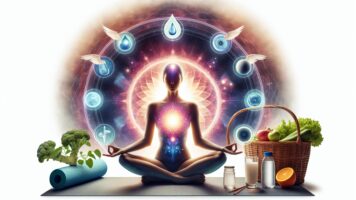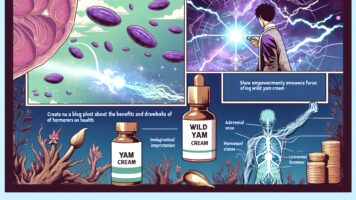Vaginal dryness is a common symptom experienced by women during perimenopause and menopause. As estrogen levels decline, vaginal tissues become drier and thinner, often leading to:
- 🔥 Burning sensation
- 🪶 Itching
- 😣 Irritation
- 😖 Discomfort
This condition can be extremely uncomfortable and may interfere with quality of life. It can also increase the risk of urinary tract infections (UTIs) and affect urination frequency.
Solutions for Vaginal Dryness
For those seeking hormone-free options, vaginal moisturizers are recommended. These can be used several times a week or as needed to maintain vaginal moisture. Vaginal lubricants can also be used to enhance intimacy.

Oh My Glide by Stripes
One recommended product is Oh My Glide from Stripes. This oil-based lubricant contains:
- 🥥 Coconut oil
- 🥑 Avocado oil
- 🌰 Castor oil
- 🧈 Shea butter
It’s free from:
- 🚫 Silicone
- 🚫 Fragrances
- 🚫 Preservatives
- 🚫 Parabens
- 🚫 Phthalates
The product is hypoallergenic and dermatologist-approved.
Other Non-Hormonal Options
Additional non-hormonal options include:
- 🔄 Regular stimulation to increase secretions and blood flow to the vaginal area
- 💆♀️ Relaxing tight muscles to help relieve pain
Hormonal Solutions
For those interested in exploring hormone-based solutions like estrogen, it’s recommended to speak with a doctor for more information.
Interesting Facts About Vaginal Dryness
- Up to 50% of postmenopausal women experience vaginal dryness
- Vaginal dryness can occur at any age, not just during menopause
- Some medications, including antihistamines and antidepressants, can contribute to vaginal dryness
- Regular sexual activity can help maintain vaginal health and moisture
- Stress and anxiety can exacerbate symptoms of vaginal dryness
It’s important to address vaginal dryness as it can negatively impact intimate relationships and overall quality of life. If you’re experiencing symptoms, don’t hesitate to seek advice from a healthcare professional.







